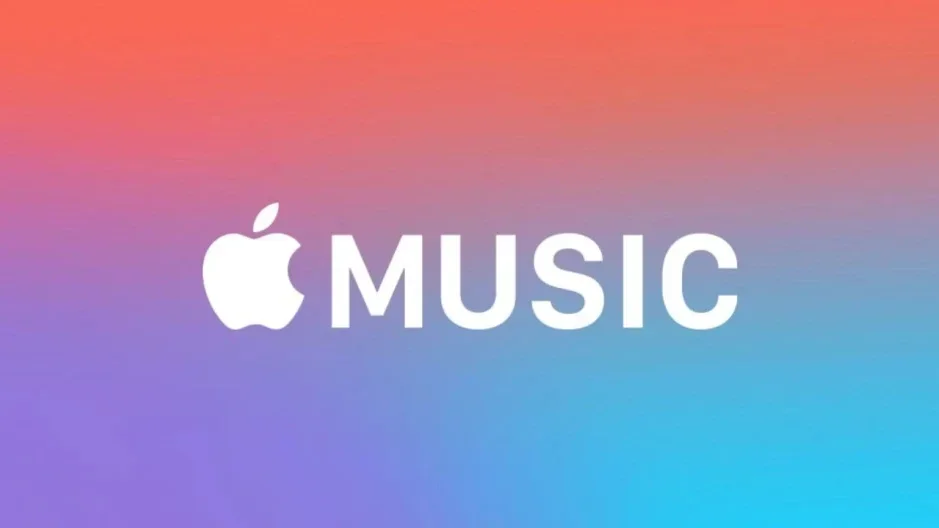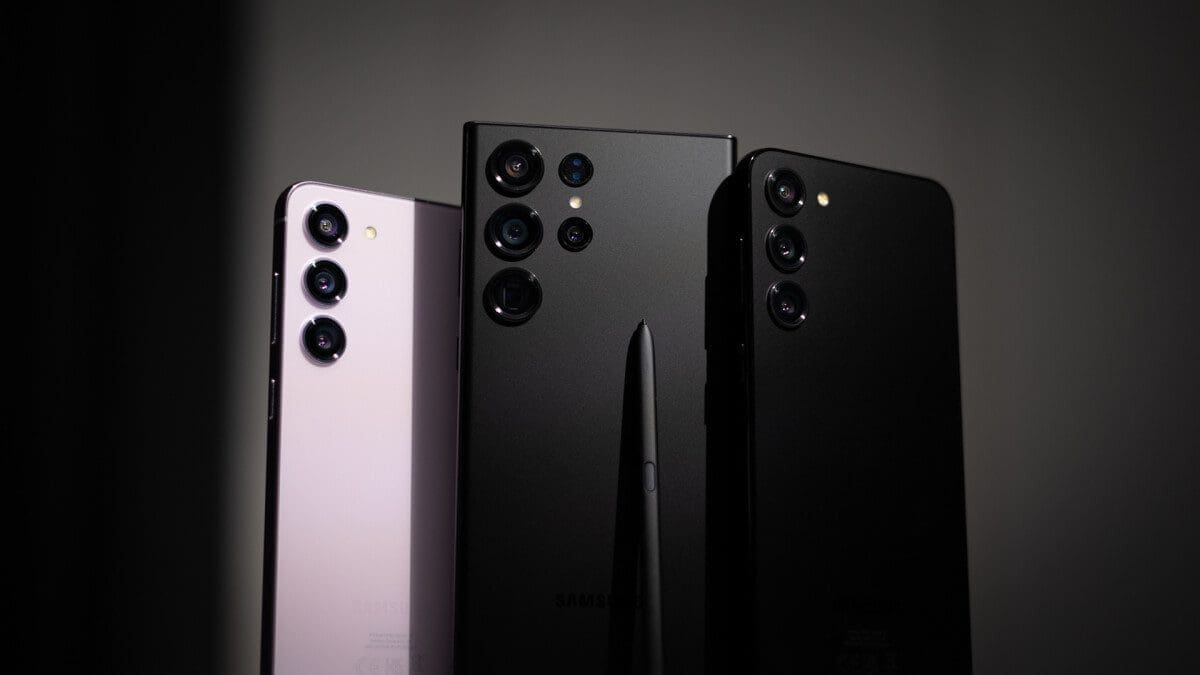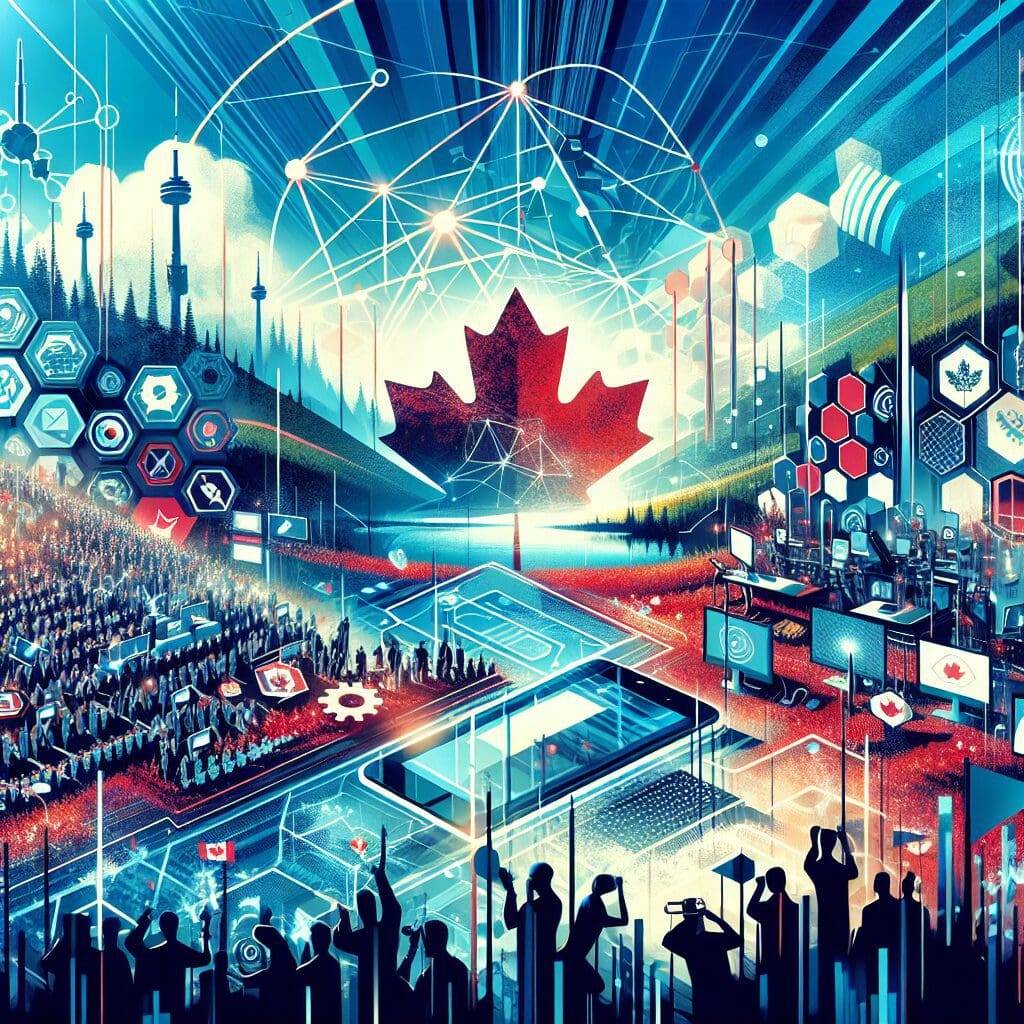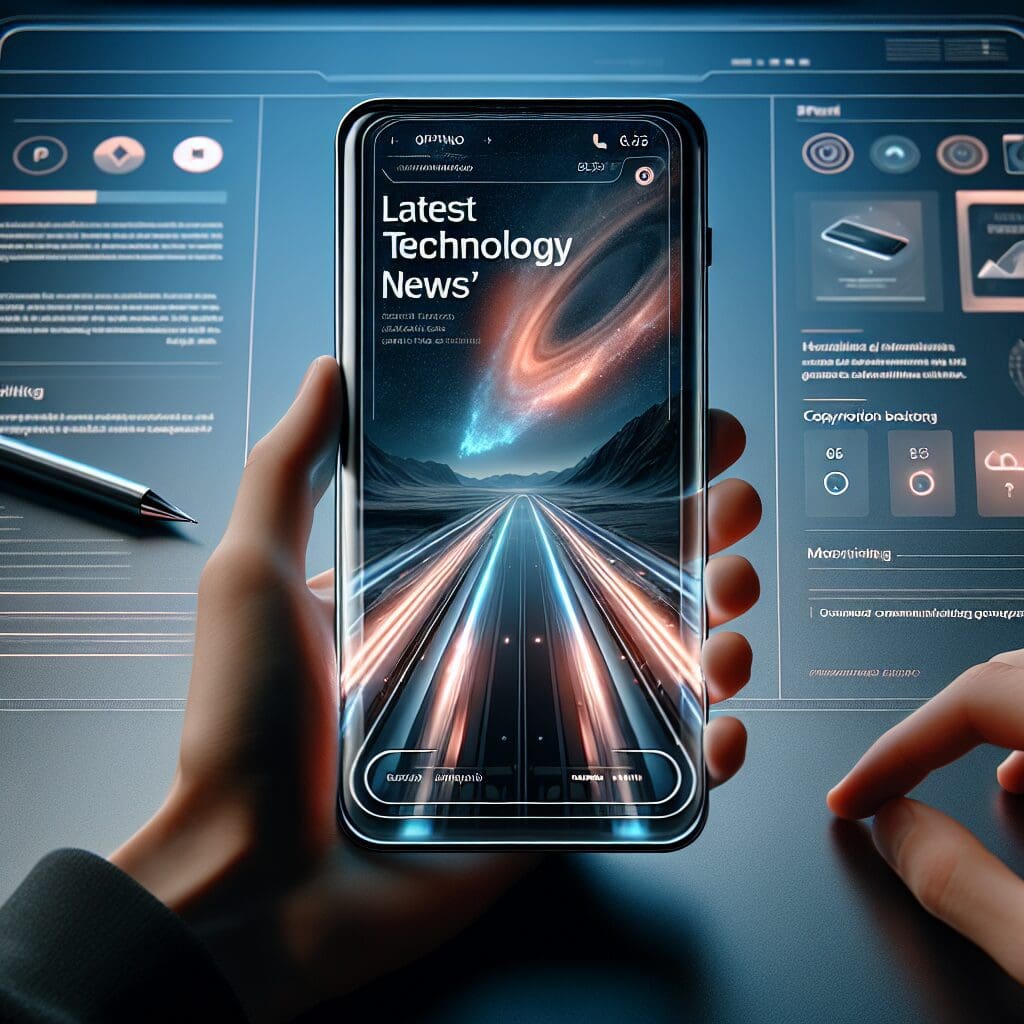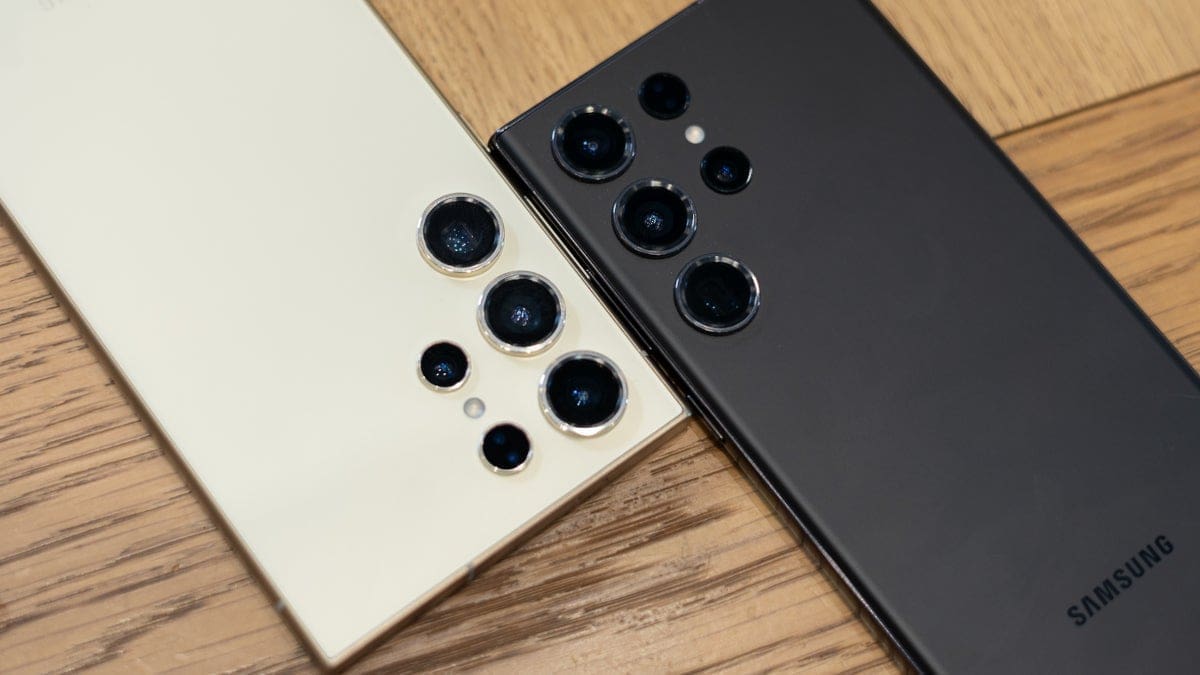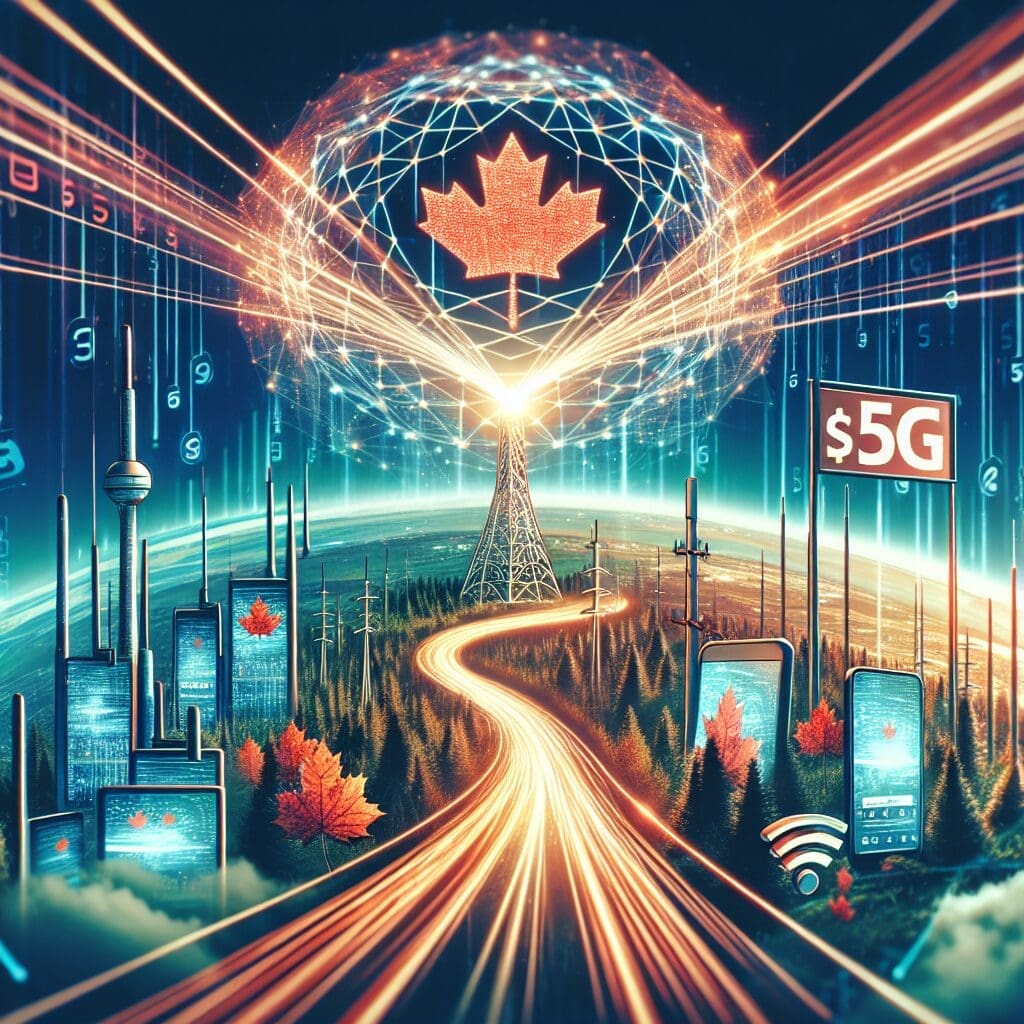In the wake of the pandemic, the City of New York took steps to bridge the digital divide by commissioning towering poles for carriers like T-Mobile and Verizon to install 5G equipment in underserved neighborhoods. This initiative aimed to provide faster internet access to communities that were left behind during the shift to remote learning.
To address this issue, New York partnered with CityBridge to set up 200 Link5G towers in these neighborhoods, similar to the LinkNYC project that installed billboards across the city in 2016. However, despite these efforts, both Verizon and T-Mobile failed to activate their 5G equipment on these towers.
Currently, only 1% of the 200 towers in low-income areas are actually delivering 5G connectivity. These towers not only offer internet access but also house chargers, Wi-fi hotspots, and a tablet for accessing city services. Unfortunately, this setback has hindered the city’s Internet Master Plan and caused a loss of federal broadband subsidies for many households.
Verizon and T-Mobile have not provided a reason for their lack of action on the Link5G towers. The trend seems to be moving away from wideband 5G points due to limited returns on investment. Many people already find 4G LTE and regular 5G speeds sufficient, making rooftop or billboard installations more cost-effective for carriers.
While these towers still serve as charging stations and Wi-fi hubs for residents, their primary purpose remains uncertain. Despite delays in expanding cellular service coverage, other services continue to operate around these structures.
Daniel, a seasoned tech writer at PhoneArena since 2010, is passionate about all things mobile technology. With expertise in hardware, software, and carrier networks, he keeps a close eye on digital health advancements, car connectivity innovations, and the evolution of 5G technology. Outside of work, Daniel enjoys traveling, reading about new tech trends, and reflecting on the ethical implications of our digital future.


